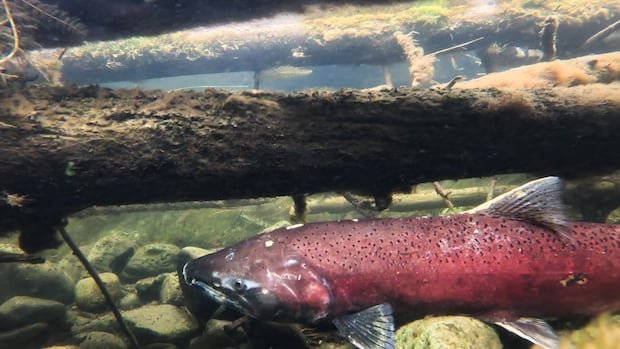U.S. researchers are examining the potential impact of a harmful parasite on Yukon River chinook salmon, aiming to integrate their findings into decision-making processes in the future. Zachary Liller from the Alaska Department of Fish and Game highlighted the challenge of accounting for natural mortality associated with diseases like ichthyophonus, which can be fatal under certain conditions due to the extensive distances the affected chinook must travel to their spawning grounds.
Currently, there is no routine monitoring or interpretation of disease metrics. To address this gap, scientists plan to consolidate data into a statistical tool to track disease-related mortalities in the chinook population. These efforts could lead to adjustments in fisheries management practices, such as potentially imposing harvest restrictions.
Biologists in Seattle have been conducting experiments by exposing young chinook to fish flesh containing the parasite or inoculating them to observe infection patterns. The parasite primarily attacks the heart before spreading throughout the muscles, impacting the fish’s movement and potentially causing death, particularly during their lengthy journey to spawning areas.
Despite suspicions that ichthyophonus plays a significant role in chinook mortality during migration, the extent of its impact remains uncertain. Collaborating teams from the Alaska Department of Fish and Game, the U.S. Geological Survey, and Alaska Pacific University are working to gain a clearer understanding of the parasite’s effects and plan to expand their research in the coming years.
In a unique study setup, four wild chinook were obtained from a Yukon River tributary, with juveniles transported to laboratories for further analysis. Researchers are examining how varying water temperatures, reflecting potential climate change effects, influence parasite development in the fish. While initial plans aimed to conclude the experiment by September, delays have occurred, prompting adjustments to the timeline to ensure adequate infection rates for comprehensive data collection.
The research findings are crucial for determining sustainable harvest levels and guiding future conservation strategies.


